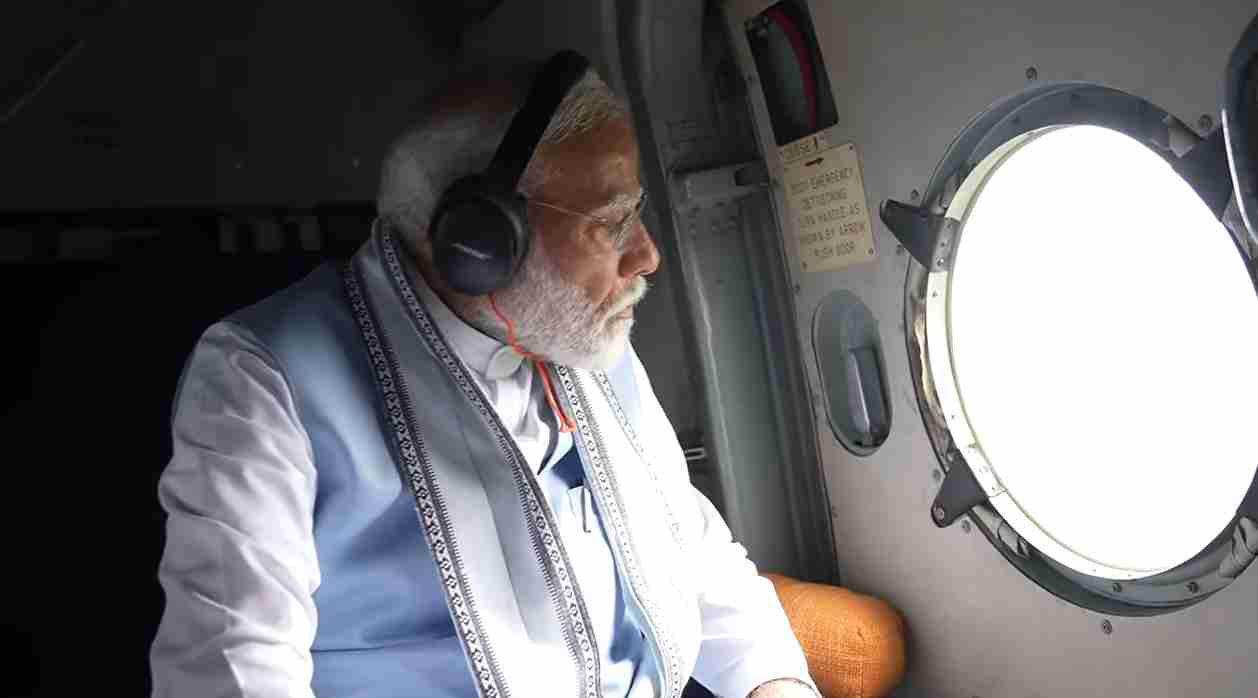Prime Minister Narendra Modi conducted an aerial survey today over the landslide-affected areas of Wayanad, Kerala, to assess the scale of destruction and coordinate relief efforts. The move follows severe landslides that have wreaked havoc in the region, causing significant damage to infrastructure and displacing local communities.
Accompanied by senior officials and disaster management teams, Modi’s aerial tour provided a crucial overview of the affected regions. The survey aimed to evaluate the extent of the damage and streamline the distribution of emergency resources and aid.
“Today’s aerial survey has shown the grave situation in Wayanad,” Prime Minister Modi said after the flight. “Our priority is to ensure that relief reaches those in need as swiftly as possible and to support the state in its recovery efforts.”
The landslides, triggered by heavy rainfall, have led to extensive damage, including the destruction of roads, homes, and essential services. The central government has pledged to mobilize resources to assist the state government in its relief and rehabilitation activities.
During his visit, Modi emphasized the importance of a coordinated response, involving both central and state agencies, to address the immediate needs of the affected population. He assured residents that the central government would provide comprehensive support to help them recover and rebuild.
In addition to the aerial survey, the central government is expected to announce a package of financial aid and logistical support to accelerate relief operations. This includes assistance for repairing damaged infrastructure and providing temporary housing and essentials to displaced families.
The Prime Minister’s visit is seen as a significant gesture of solidarity with the people of Wayanad and aims to boost local morale amid the ongoing crisis. As the region begins to recover from the disaster, efforts will focus on restoring normalcy, implementing preventive measures for future disasters, and supporting affected communities through the rebuilding process.



